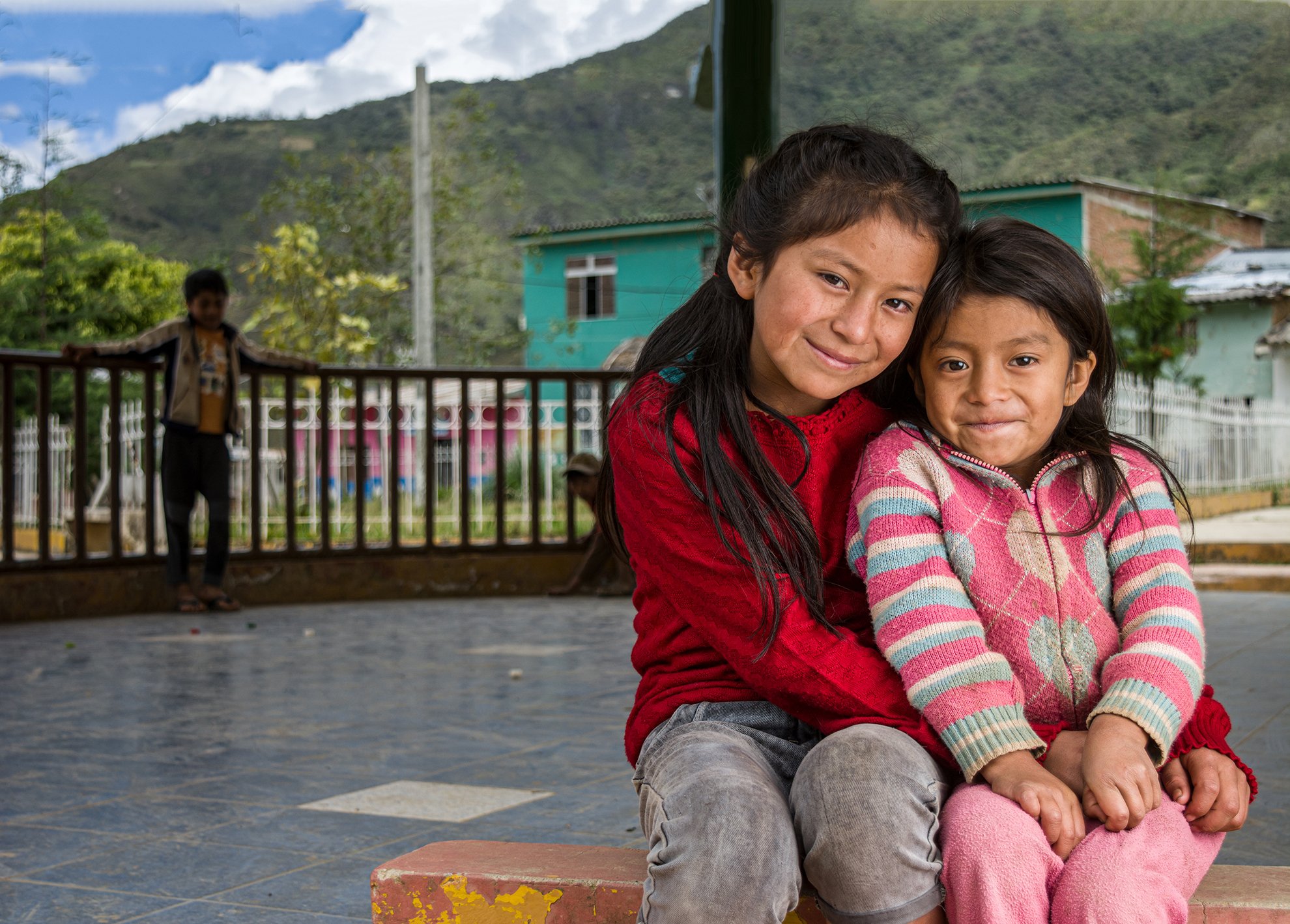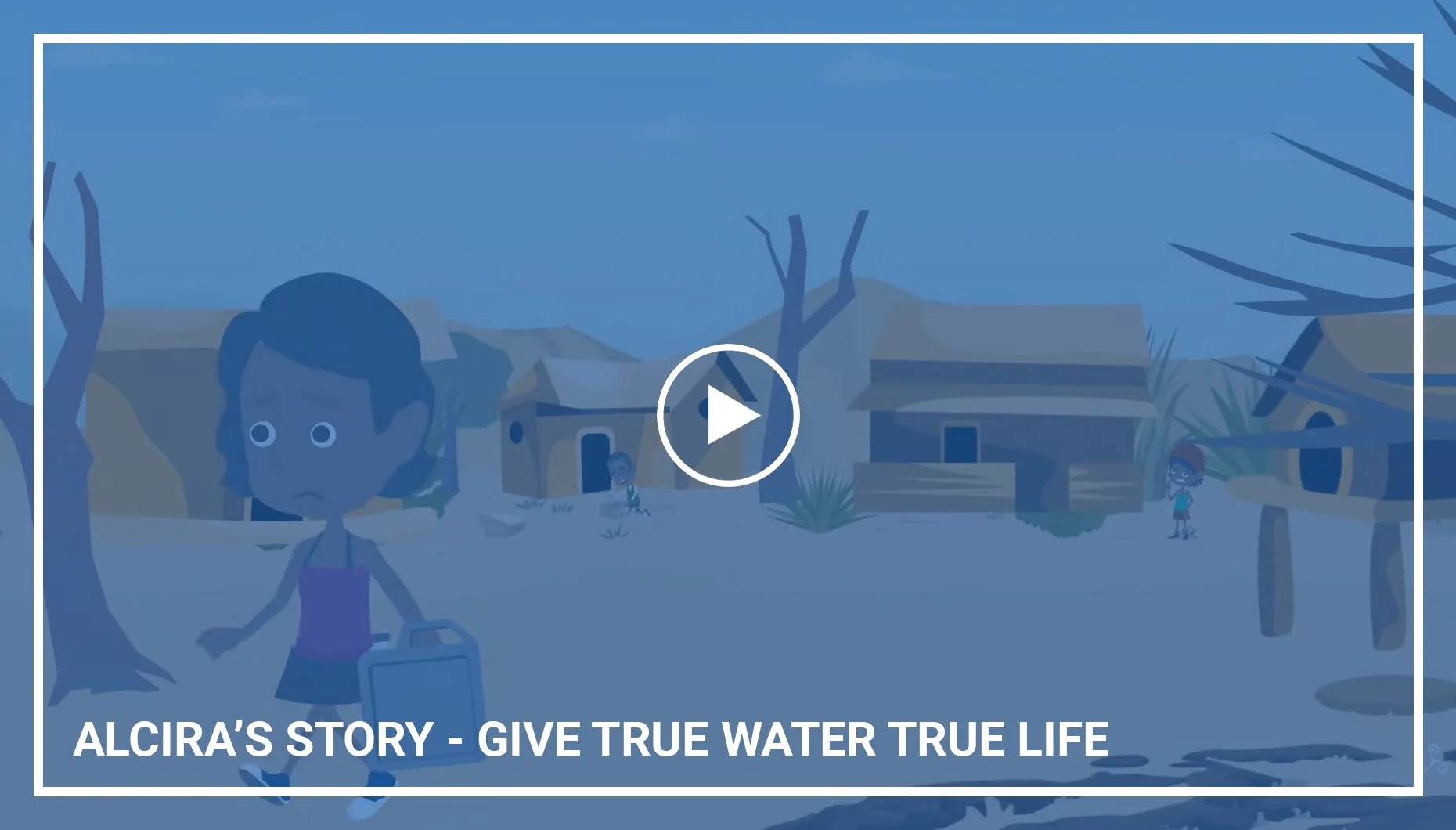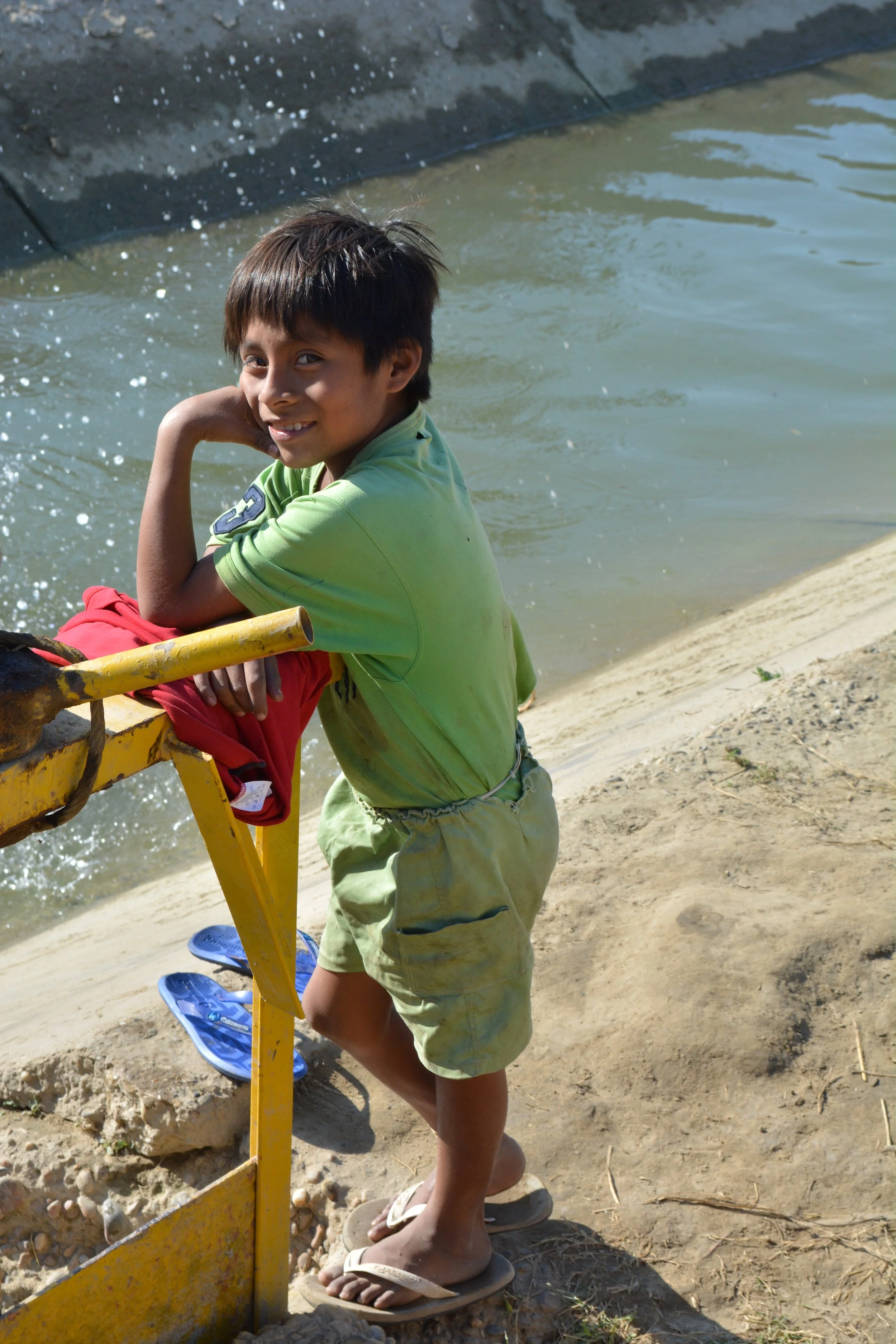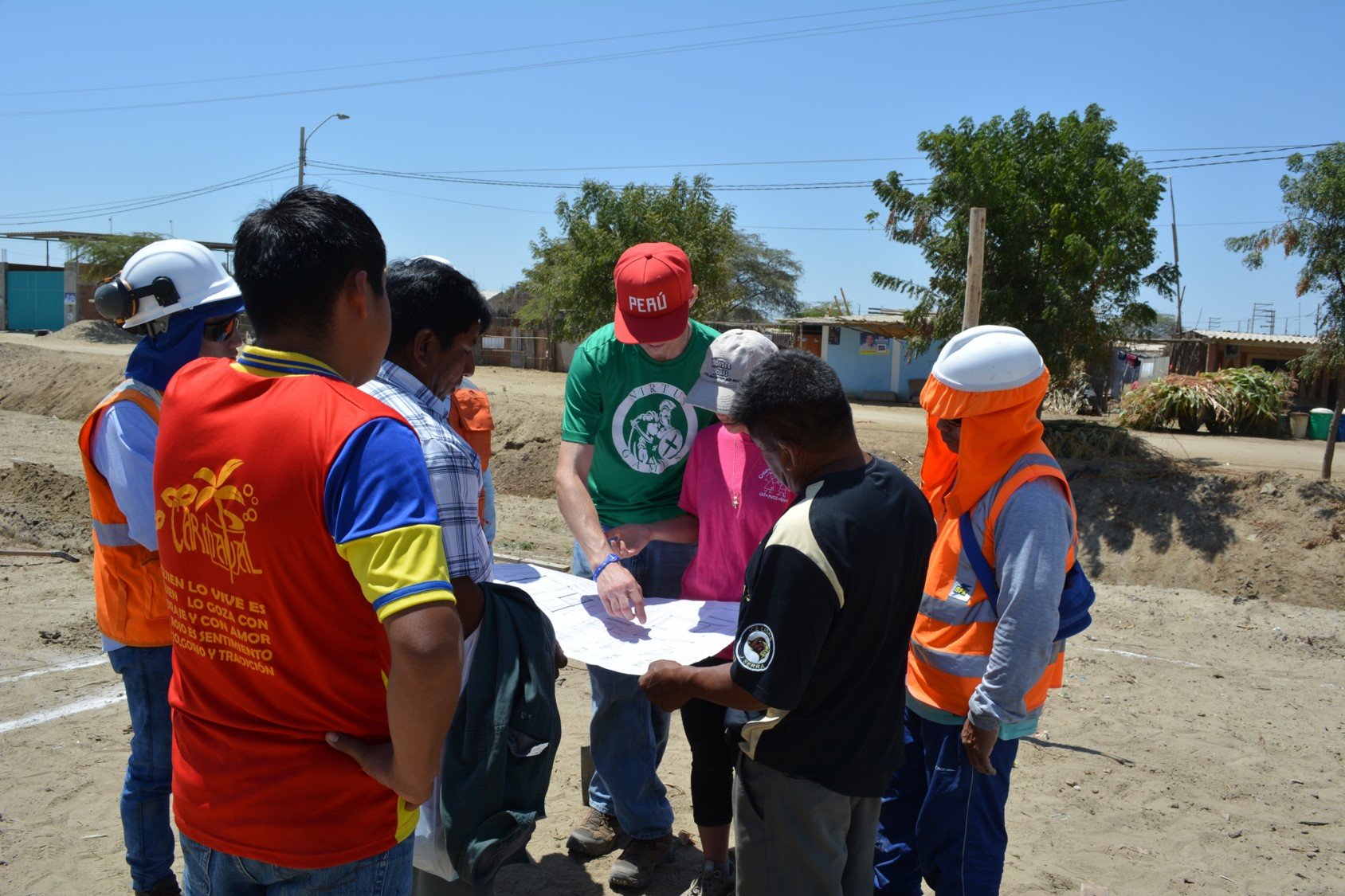
Why We Care
The Global Water Crisis kills a child every 2 minutes as well as damages women’s educational opportunities daily.
1 in 10 people (785 million) in the world do not have clean water
— WORLD HEALTH ORGANIZATION
What is W.A.S.H?
Coined by the UNICEF, "W.A.S.H. is the collective term for Water, Sanitation and Hygiene. Due to their interdependent nature, these three core issues are grouped together to represent a growing sector. While each a separate field of work, each is dependent on the presence of the other."
In thinking holistically about the issues our less fortunate brothers and sisters face, we are able to do work that:
Provides the availability of Safe, Clean Water for drinking, bathing, food preparation, and healthcare procedures
Provides Sanitation Services such as wastewater and solid waste management including safe disposal of human waste to prevent the spread of disease by providing public toilets and wastewater treatment techniques
Provides humanitarian aid through Education and Personal Hygiene Tools in proper hand-washing and Environmental Stewardship to stop cross-contamination and the spread of disease within a community
Learn More About What VAVV Does
WHAT IS OUR APPROACH?
A focus on W.A.S.H. Community Development and Education & Training as a means of empowerment is fundamental coupled with a Missionary Spirit focused on Physical & Spiritual Nourishment.
MEET MONTE CASTILLO
“This project is very important. It is going to change lives in the community by reducing the cases of diarrhea and decreasing the cost of our water!” - Alcira Santos (Monte Castillo Project Champion)
PROJECT PHOTO GALLERY
See pictures that tell the stories of the people we serve and the work we do to empower them to be changemakers for the future.
ANNUAL REPORTS
Yearly reports highlighting the impact of VAVV’s Donors, Prayer Warriors, and Volunteers (including financial transparency).

The Facts
Today, at least 2 billion people use a source of drinking water contaminated with feces, putting them at risk of contracting cholera, dysentery, typhoid and polio. (Source)
785 million people (1/10th of the world's population) lack even a basic drinking-water service, including 159 million people who are dependent on surface water. (Source)
Contaminated drinking water and inadequate sanitation is estimated to cause 485,000 deaths due to diarrhea each year. (Source)
By 2025, half of the world’s population will be living in water-stressed areas. (Source)
2.0 billion people in the world still do not have basic sanitation facilities such as toilets or latrines. (Source)
... Of these, 892 million still defecate in open settings within their community or near their home, for example in street gutters, behind bushes or into open bodies of water. (Source)
Women and girls around the globe spend 200 million hours collecting water for themselves, their households, and/or their communities. This creates a lack of opportunity for these women to get educated in youth and secure a job. (Source)
443 million school days in developing countries are lost each year due to water-related diseases. (Source)
$260 billion is lost globally each year due to lack of adequate water supply and sanitation in developing countries. (Source)
Today, one child under 5 dies from a water related disease every 2 minutes in developing countries. (Source)
The Results
of implementing W.A.S.H. systems/education
It's simple, lives are saved.
Improved health, especially in children and the elderly.
Longer life expectancy.
Reduced illness and death, especially in developing countries.
Reduction in waterborne Illnesses such as typhoid, cholera, & parasites.
Reduces poverty.
Improves socioeconomic development.
Children are able to go to school.
Helps close the education gap between women and men in developing countries.
Full community development






